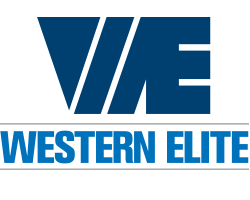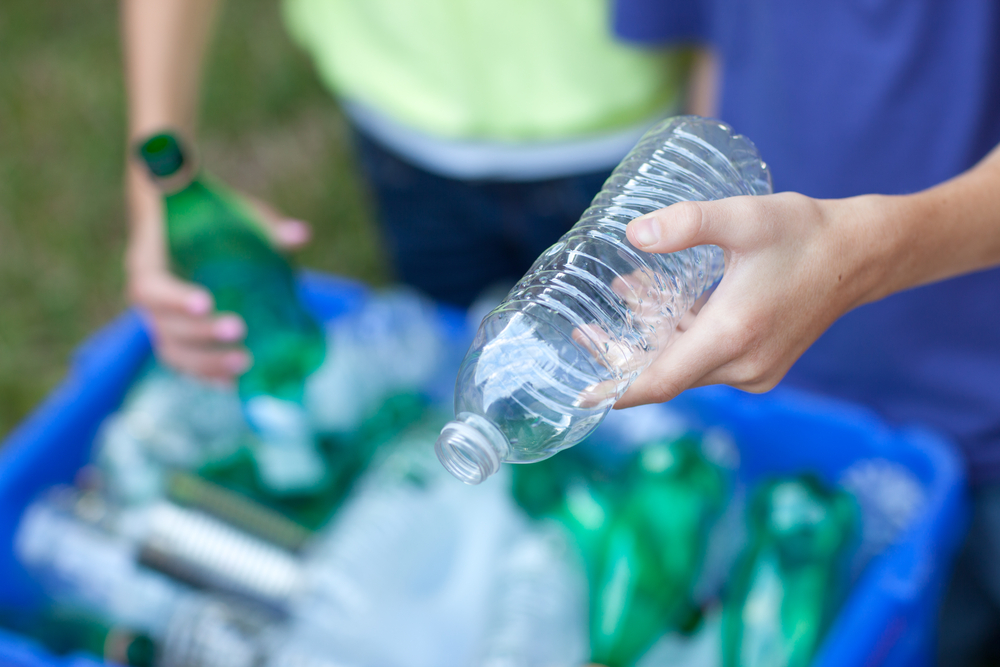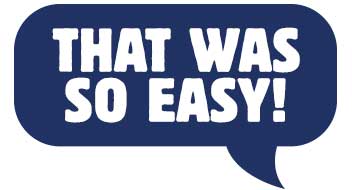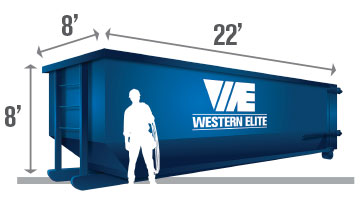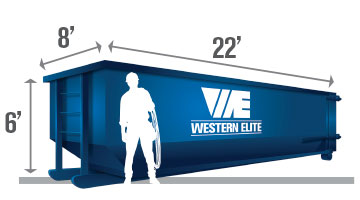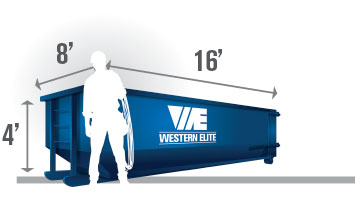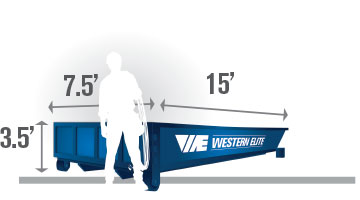Whenever we place something in our recycling bin versus directly into the trash, our intentions are always pure. We may not even know that what we’re putting into our recycling isn’t actually recyclable at all. This action has been more recently called “wish-cycling”. These are the items that we wish to recycle or assume belong in the recycling but don’t have a place there. More often than not, we look at one aspect of an object as recyclable, forgetting the other factors that make it bound for the trash can.
Items like an empty pizza box, a box carton of milk, or even an empty peanut butter jar are all items that contaminate the entirety of your week’s worth of recycling. Of course, it’s easy to look at all of these items and automatically think “I know where this belongs”. Either part of the object is recyclable, or an assumption based on what object is made out of, we throw it into recycling without a thought. Why does it matter to think before we toss something out? And how can we further our awareness of what can and cannot be recycled?
Why It Matters
Let’s say you make a quick assessment of a used container and declare it bound for your blue trash bin. Of course, your intentions are good, but you could be doing more harm than good. In some cases, that piece of non-recyclable material will be sorted in the recycling factory and placed among other items that are destined for the landfill. However, this costs time, money, and resources that aren’t always available. Moreover, it’s more likely that, if the non-recyclable item is thrown in it won’t be sorted, effectively contaminating an otherwise perfect batch. Simply put, wish-cycling stops the process cold, making it difficult or even impossible to create new products through the recycling process.
This is why it’s vital to be conscious of what we throw away, where, and why. It may seem counterintuitive for you and your family at first to throw away items that you once separated for recycling, but with practice and patience, you’ll be much more environmentally conscious of what you’re using and how to dispose of it correctly. Eventually, you can work to reduce the overall trash generated in and week and master the mystery of the blue bin.
Food for Thought
Unsure if an item is considered trash? You’re not alone! Here are a few tips that can help make the process easier for every member of your family.
- Create a “recycling” poster. If you’re unsure of what old food and drink containers can be recycled, print out or create a poster that shows what can and cannot go into recycling. You can readily find these posters scattered throughout the internet, but if you’re making your own, think about what you commonly use in your home. For instance, clean plastic containers, cups, and jugs are welcome in the recycling bin but be wary of plastic tops (like the ones on peanut butter jars and water bottles). Cardboard is completely fine, but a cardboard pizza box with food grease is not.
- Not all plastics and aluminum are easily recycled! Do the research of what plastics are easier to recycle in your county and state. Try to purchase biodegradable products, easy to recycle plastics, and items made from 100% aluminum.
- Don’t recycle your plastic bags. If you can’t reuse them, look for grocery stores that collect plastic bags for proper recycling. These stores are becoming more plentiful with recycling receptacles right by their front doors. Collect your bags and utilize their recycling services whenever possible.
Spread the Word
Tell your community, friends, family, and coworkers about wish-cycling! It’s likely that someone close to you has no idea that they could be doing this. It’s easy to rely on old habits to figure out what is trash and what’s not. Small reminders, checklists, and posters can help change personal habits and alter the way we see recycling for good.
